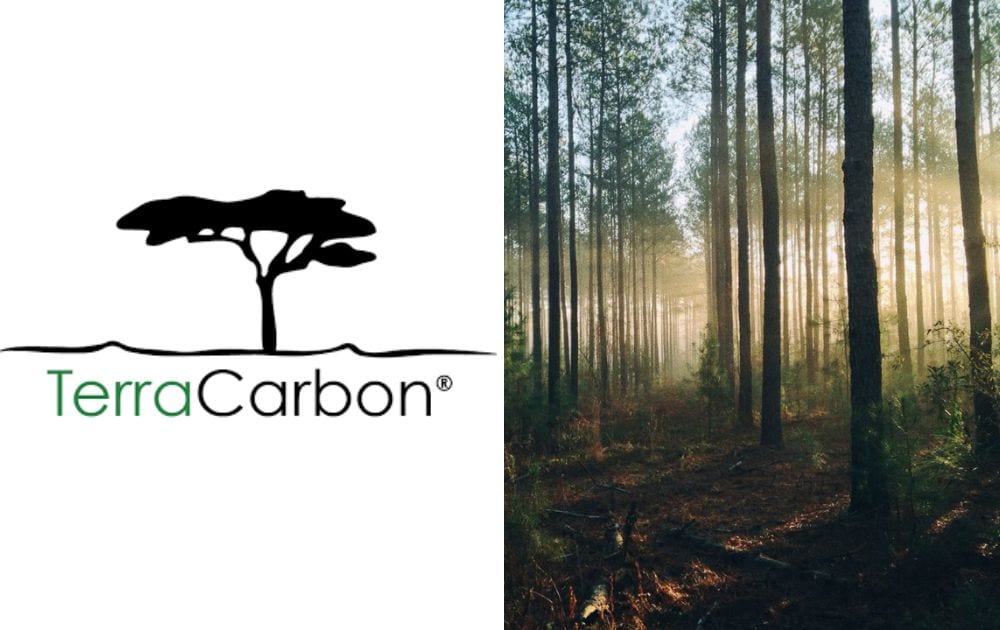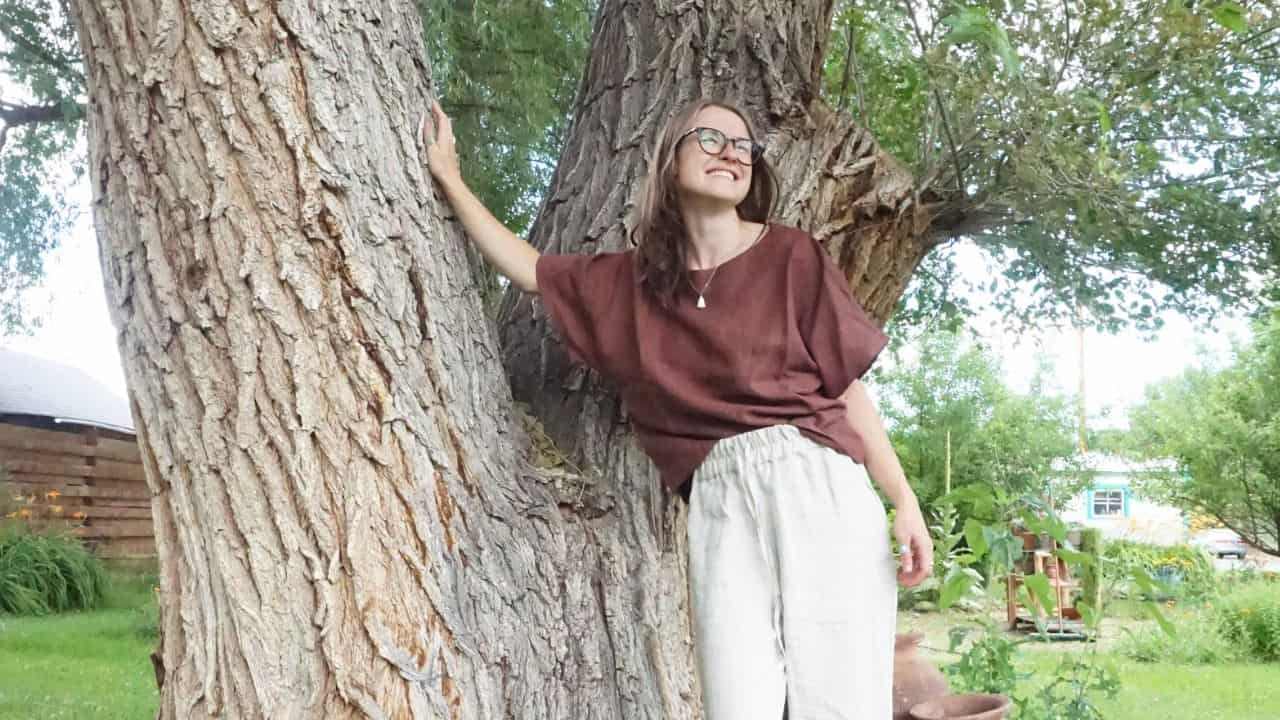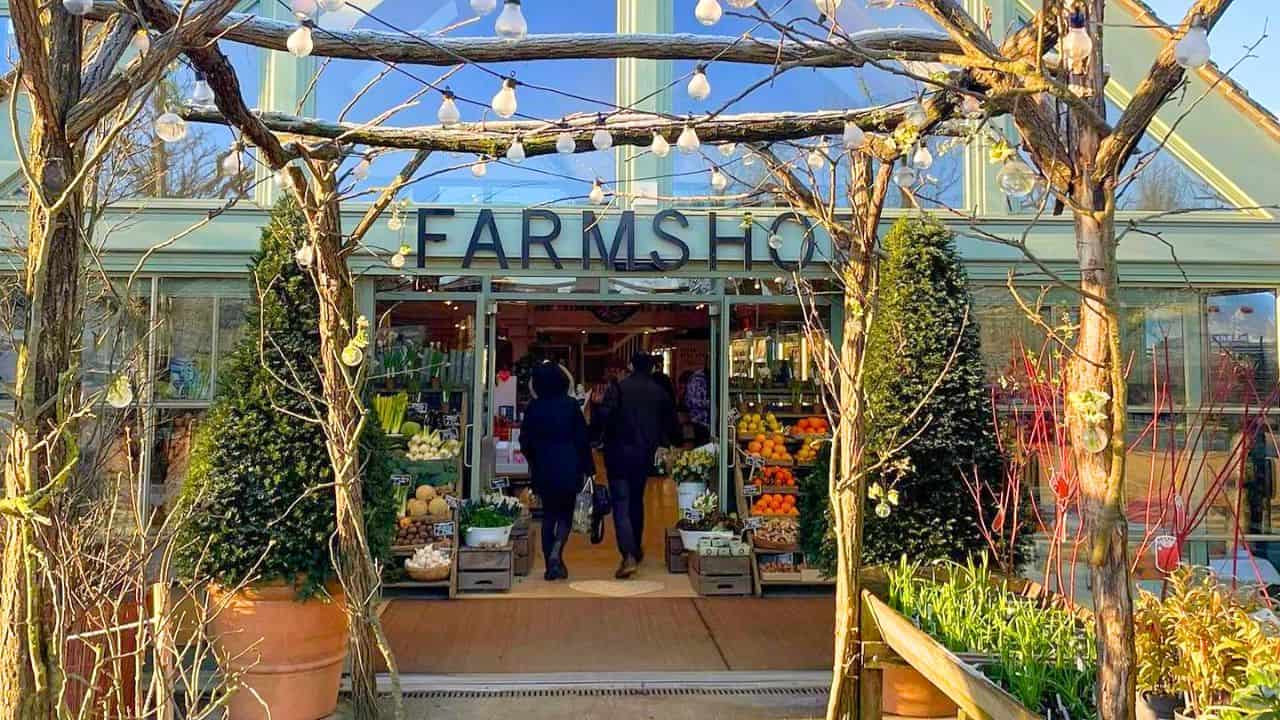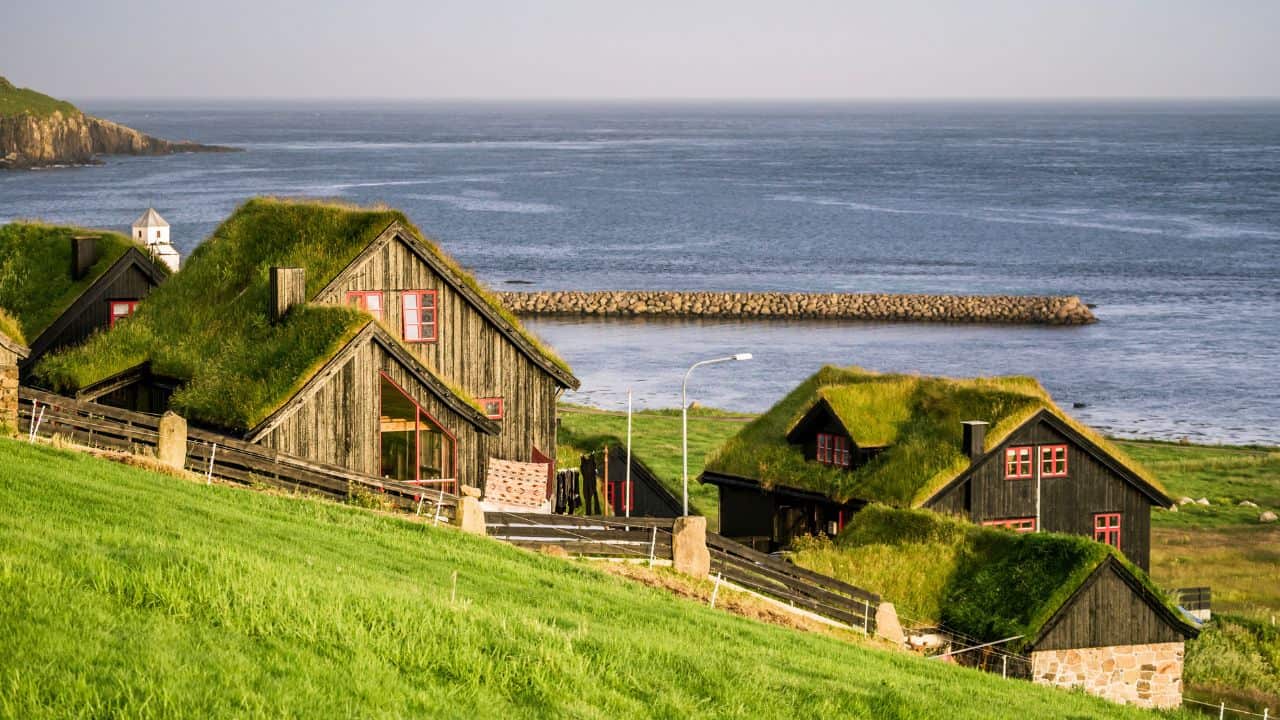As the world grapples with the urgent need to address climate change, some of the best carbon offset programs have emerged as a critical tool in mitigating greenhouse gas emissions.
These programs offer individuals, businesses, and organizations the opportunity to take responsibility for their carbon footprint by investing in carbon offsets projects that reduce or remove carbon dioxide from the atmosphere.
With an ever-increasing number of options available, it can be challenging to determine the best carbon offset programs. In this article, we explore some of the leading initiatives that not only effectively combat climate change but also prioritize transparency, credibility, and long-term impact.
Whether you’re an environmentally-conscious individual or a sustainability-driven business, this guide will help you make informed decisions to support the best carbon offset providers and contribute to a greener future.
What Is Carbon Offsetting?
So, what are the best carbon offset programs?
Well first, it’s important to gain a better understanding of how carbon offset programs work.
Carbon offset programs work by allowing individuals and businesses to compensate for their unavoidable carbon emissions by investing in projects that reduce or remove an equivalent amount of greenhouse gasses from the atmosphere.
These projects can range from renewable energy initiatives to reforestation efforts, and they all contribute to the global fight against climate change.
Some carbon offset examples might include planting trees or restoring land; any such project or initiative that actively helps to reduce emissions or help with carbon storage.
If you want to reduce your carbon footprint, the best carbon offset programs offer a solution. But what is a carbon offset company? And do carbon offset programs work?
Let’s say you’re an individual looking for where to buy carbon offsets, but you have no idea where to begin. Carbon offset schemes, also commonly referred to as carbon offset companies, facilitate this, and make it easy for individuals and businesses to pay for such carbon offsetting initiatives as those described above.
To put things very simply: if carbon offsetting is us ‘making up’ for the bad things we do to the planet, then a carbon offset company is the vehicle that facilitates this reimbursement.
Let’s explore this in more detail by ranking carbon offset companies and taking a more detailed look at how the best carbon offset programs are helping individuals and businesses lessen their negative impact on planet Earth.
Our Curated List Of Carbon Offset Programs & Companies
We’ve paid close attention to carbon offsetting companies that make personal carbon offsets easy, but we’ve also included programs that cater to carbon offsetting for business, too.
We looked at everything from project quality and transparency to third-party verification to bring you a no-fluff list of the top carbon offset providers.
Let’s take a closer look at which carbon offset scheme is best.
1. TripZero
A hotel booking portal, TripZero is one of the top carbon offset providers for business travel, making offsetting not only easy, but also free.
They calculate carbon emissions for your travel and lodging and then contribute to reforestation, renewable energy projects, and methane reduction.
Eric Zimmerman started the company when he found out that air travel contributes around 4% to human-induced global warming—more than most countries!
Zimmerman was doing a lot of travel for work and realized he was part of the problem and instead worked to be part of the solution.
TripZero, a Certified B Corp, helps to not only reduce the production of greenhouse gasses but also supports initiatives to help mitigate the current greenhouse gasses in the atmosphere.
Initiatives include funding wind farms, planting native tree species in patterns that replicate the growth of a natural forest, and the Wildlife Works project in Kenya that plants local nuts and fruit-bearing trees that create jobs and provide food.
Book your hotel accommodation through TripZero, and they’ll work out your event’s carbon footprint and offset the whole thing.
2. TerraCarbon
TerraCarbon aids businesses and non-profit organizations in neutralizing their carbon footprint by supporting forest and wetland conservation in countries like Colombia and Belize.
In essence, they are an advisory firm that helps develop carbon offset projects to fund natural climate solutions, support natural climate solutions (NCS). These solutions increase carbon storage and avoid greenhouse gas emissions in forests, wetlands, grasslands, and agricultural lands around the world.
The company believes market-based approaches that place a value on nature and ecosystem services and provide incentives for conservation are critical to addressing climate change, improving the availability and quality of freshwater, protecting biodiversity, and alleviating poverty.
Terracarbon’s initiatives also promote biodiversity, and assist forest owners by partnering with The American Forest Foundation (AFF) and The Nature Conservancy to develop a modern forest management technique that tracks the benefits of the Family Forest Carbon Program.
The approach measures changes in carbon stocks against a similar standard, allowing for dynamic and accurate monitoring.
3. NativeEnergy
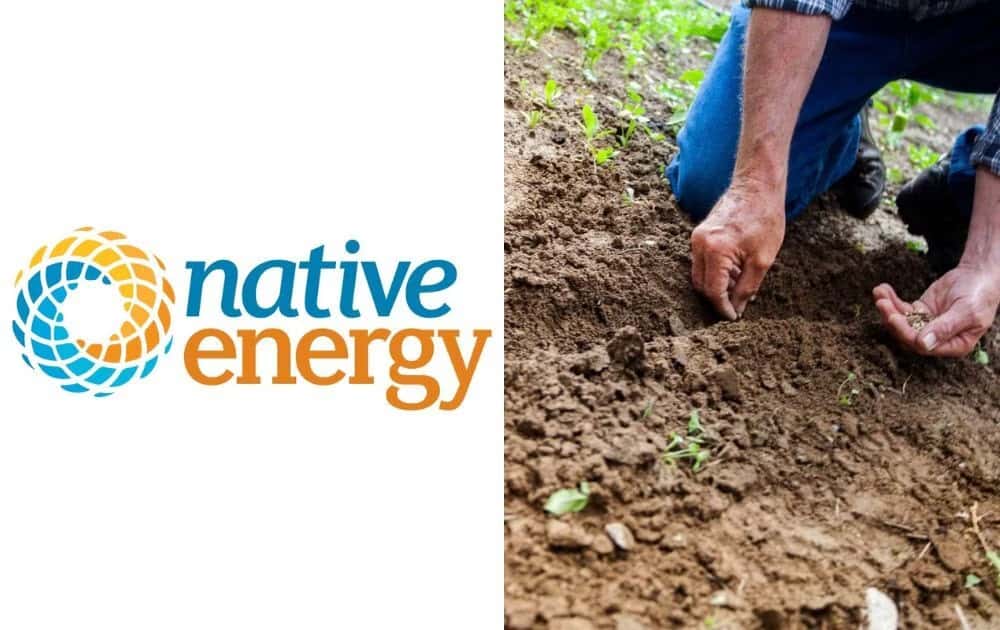
Similarly to TerraCarbon, NativeEnergy offers both personal and business carbon offsets, but they’re particularly standout for the latter.
Because they offer a wide variety of large-scale carbon credits, companies like Ben & Jerry’s (who are planting 100,000 trees in Uganda to help their vanilla farmers) and Aveda are among NativeEnergy’s long list of clients.
If you’re interested in learning how to offset your carbon footprint, NativeEnergy’s Help Build™ carbon offsets could be the answer.
When you buy a Help Build™ carbon offset, you can do more than just “offset” your carbon emissions. You can also help build new renewable energy projects that create jobs, reduce greenhouse gas emissions, and provide other benefits to communities.
Everything is tracked and analyzed, with projects including clean water initiatives in Ghana and wind farms in America.
NativeEnergy has helped hundreds of businesses and organizations achieve their sustainability goals while supporting the growth of renewable energy.
4. Carbon Credit Capital
Carbon Credit Capital helps individuals and companies fight climate change by supporting projects that reduce, avoid, or destroy greenhouse gasses in the atmosphere.
Specializing in linking international and local partners to high-quality carbon emission reduction projects in developing and domestic markets, they believe it should be possible for anyone, anywhere in the world, to reduce carbon emissions, gain climate education, achieve emissions reduction targets and goals, and implement innovative solutions that guarantee effective climate action.
With over 15 years of experience and industry expertise, they’re one of the top carbon offset providers for eco-minded businesses.
They offer a program called Carbon Neutral Checkout®, which helps mitigate 100% of the greenhouse gas emissions associated with products and services on every sale made.
Carbon Credit Capital is also a member of multiple sustainable business networks such as Certified B Corp, Green America, and 1% for the Planet, donating one percent of their revenue to environmental non-profits around the world.
5. Atmosfair
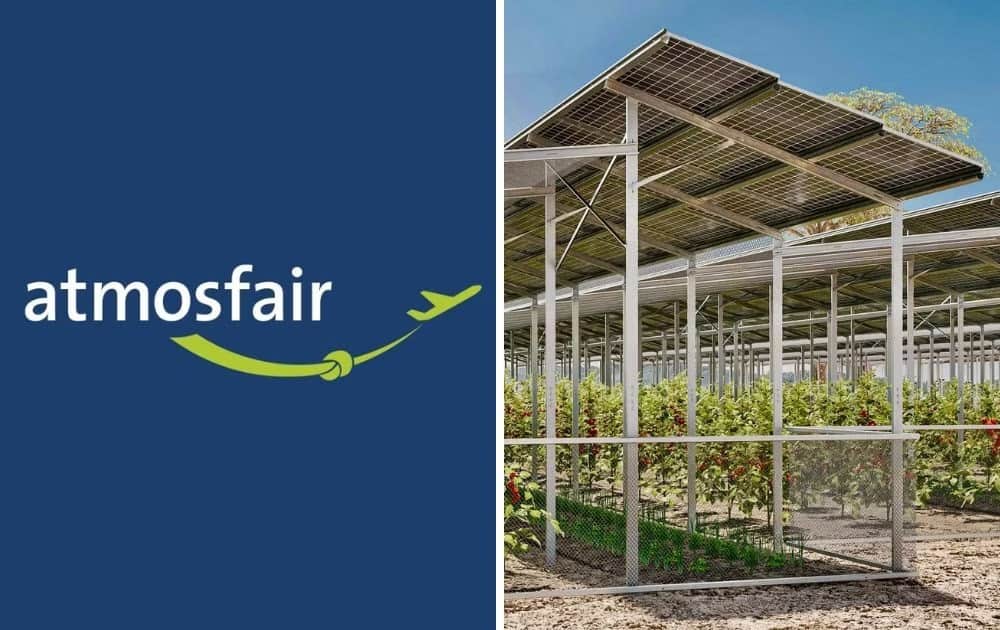
Atmosfair is a German non-profit organization that promotes, develops, and finances renewable energy in over 15 countries worldwide.
The organization aims to decarbonize the world economy by assisting businesses in executing their climate policies with a particular focus on climate-friendly air travel, making them one of the best carbon offset programs for flights.
Atmosfair relies exclusively on voluntary climate payments from private individuals and businesses. The organization’s work ethic is based on the principle of only compensating what can’t be avoided or reduced.
Atmosfair pays particular attention to mitigating the impact of air travel, where no renewable fuel alternatives can be implemented (yet).
By offsetting flight emissions with voluntary climate protection payments based on the amount of emissions created by airline passengers, Atmosfair provides a stepping-stone solution.
The contributions are used to develop renewable energies in countries where they hardly exist, above all in developing countries. In this way, Atmosfair saves carbon dioxide that would otherwise be created by fossil fuels in these countries.
6. Sustainable Travel International (STI)
Are you in the tourism industry and looking for a carbon offset program tailored to your needs? Wondering which airline carbon offset programs are best?
Look no further than Sustainable Travel International (STI). This is a non-profit organization specializing in sustainable tourism and carbon offset programs for companies in the tourism industry, as well as individual travelers.
Most of their projects focus on biodiversity, clean and efficient energy, and assisting local communities—like supporting projects like solar power in India, hydropower in Brazil, and restoration in Kenya, for example.
But the thing we love most about STI is the carbon footprint calculator and other tools for travelers and tourism businesses to measure their footprint.
This allows you to generate the overall carbon emissions of your flights and the cost of offsetting them, giving a clear picture of the environmental impact, and the actions needed to mitigate them.
It’s perfect for promoting awareness and personal accountability, hopefully helping to inspire lasting change. We’re more likely to change our behaviors if we are able to see the negative impact they are having—whether we purchase carbon offsets for them or not.
STI only works with projects certified by Gold Standard or Verified Carbon Standard.
7. TerraPass

People looking for an easy way to offset their carbon footprint on a regular basis should opt for an easy service that allows a subscription-based model for easy and hassle-free payments—like Terrapass
But what is Terrapass?
This prominent carbon offset company offers individuals and businesses a convenient way to balance out their carbon emissions,using a subscription-based model. They offer monthly subscriptions based on your carbon footprint or desired impact level, making it a breeze to stay eco-friendly all year round.
We love the affordable and convenient subscriptions, but it would be nice to have the option to make one-time purchases. However, for those who want the ability to ‘set, offset, and forget’, the subscription model is still excellent, as many glowing Terrapass reviews can attest to.
Terrapass combines environmental integrity with a user-centric approach, only working with projects verified by third-party standards like Verified Carbon Standard or Climate Action Reserve, making it a reliable and accessible choice for those looking to take meaningful action against climate change.
8. Myclimate

Myclimate is a non-profit foundation that offers carbon offsets and other environmental impact solutions for individuals and businesses.
They support a range of projects, such as biogas in Nepal, solar lamps in Tanzania, and energy efficiency in Switzerland.
While offsets seem to run on the more expensive side than the other best carbon offset programs in this list (around $30 per 1,000kg of CO2), Myclimate’s comprehensive user-friendly website and holistic approach to environmental impact keep it in the running.
Myclimate only works with certified Plan Vivo or Gold Standard carbon offset programs. They offer multiple options for reducing your environmental impact, including the ability to purchase carbon offsets, carbon footprint analysis, climate education, and sustainability consulting.
9. Wren
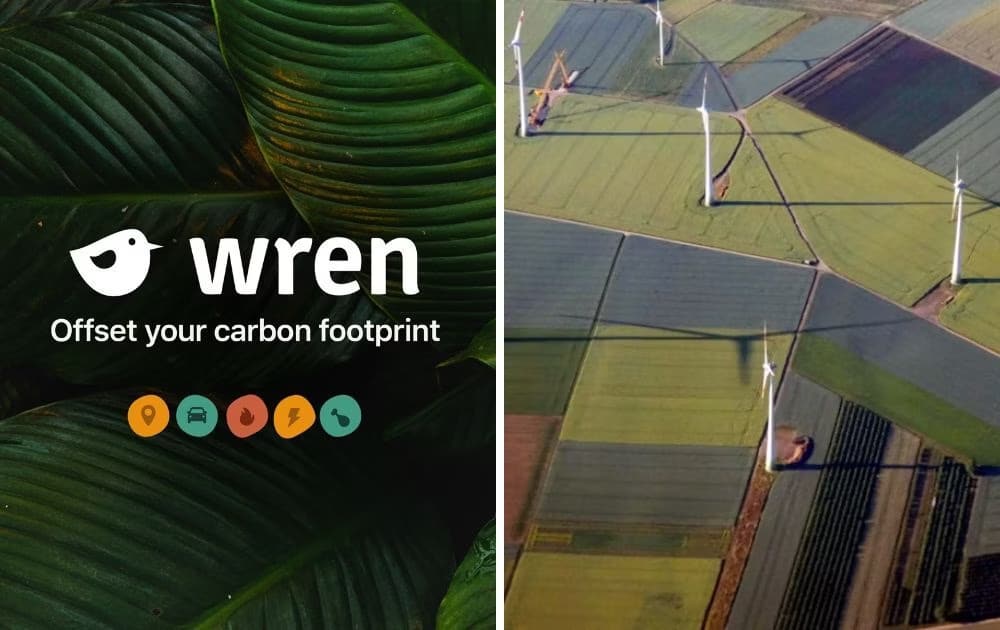
Wren is a carbon offset program designed to help individuals and businesses reduce their carbon footprint and contribute to the fight against climate change. The program works by funding and supporting various carbon reduction projects around the world.
When you sign up for Wren, you can calculate your carbon footprint based on your lifestyle or business activities.
Examples of carbon offsets your dollars may fund include renewable energy initiatives and reforestation efforts, directly supporting these projects and helping to finance their operation and expansion.
Wren carefully selects projects that meet rigorous standards and criteria to ensure their effectiveness in reducing greenhouse gas emissions. These projects are independently verified and certified by internationally recognized standards, such as the Verified Carbon Standard or the Gold Standard.
The Wren carbon offset program provides transparency and accountability by giving you access to detailed information about the projects you are supporting and the impact of your contributions. Through their online platform, you can track your carbon offset progress and see the positive environmental outcomes of your participation.
Start by signing up and using the easy Wren carbon footprint calculator. Then select a subscription plan that best matches your CO2 output, then sit back and wait for monthly updates of the positive impact your offsets are having.
10. Clear

If you want to know how to offset your carbon footprint on the go, then Clear could be a great option for you.
This Certified B Corp offers carbon offsetting projects for commuters and travelers, making it simple to go green while on the move.
Clear supports a variety of projects worldwide, such as cookstove distribution in Malawi, and forest protection in the Amazon. And just like Myclimate, they only work with projects that are certified by Gold Standard, or Verified Carbon Standard.
What’s more, Clear offers a user-friendly app that allows you to calculate and offset your carbon footprint from various modes of transportation, such as car, bus, train, or plane—whether a business or an individual.
11. Forest Carbon
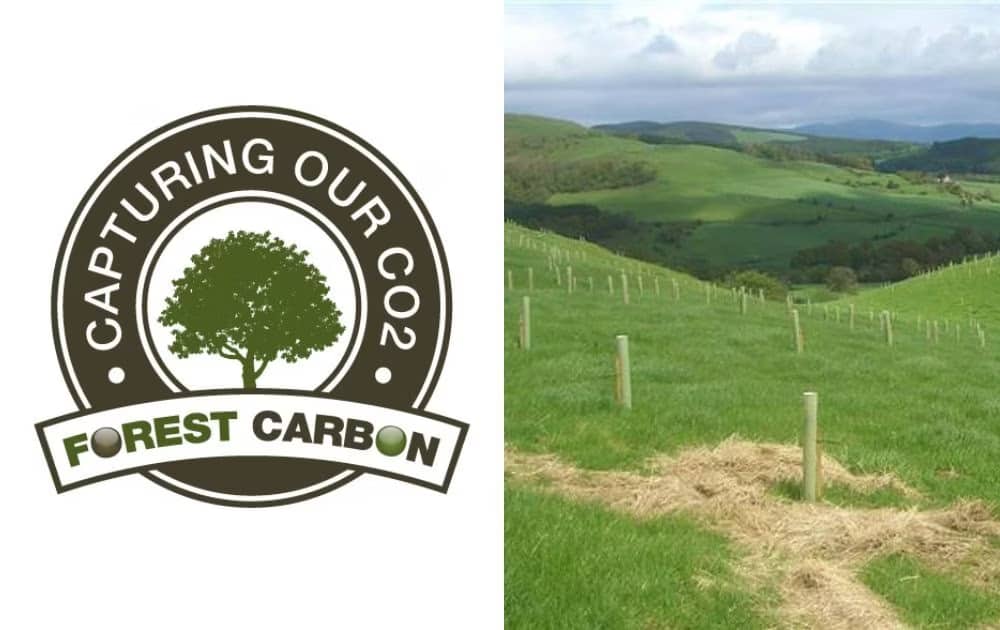
For one of the best carbon offset programs UK residents have access to, Forest Carbon focuses on the creation and management of woodland projects and restoration of depleted peatlands to offset carbon emissions.
Focusing on peatlands is highly impactful and perhaps the best way to carbon offset for UK residents specifically, because peat bogs are responsible for sequestering 42% of land carbon and providing 70% of the UK’s drinking water.
Yet over 80% of UK peatlands are severely depleted from overharvesting for things like compost—hence why peat-free compost will soon be the only legal form in the UK.
So far, they’ve funded the planting of over 13 million trees and the restoration of 2000 hectares of degraded peatlands, which have the potential to remove 3.3 million tons of CO2e.
When individuals or organizations participate in Forest Carbon’s program, they can calculate their carbon footprint and offset it by purchasing Woodland Carbon Units (WCUs). Each WCU represents the removal of one ton of CO2 from the atmosphere through forest projects. The funds generated from are used to support the establishment and maintenance of these woodland projects.
Forest Carbon ensures the credibility and transparency of its projects by adhering to recognized standards, such as the Woodland Carbon Code.
This code guarantees that the carbon offsets are accurately calculated, independently verified, and registered. It also ensures that the woodland projects provide additional environmental benefits, such as biodiversity conservation and community engagement.
Through Forest Carbon, participants can choose specific projects to support, including ones focused on native tree species, water quality improvement, or community woodland initiatives.
The program provides regular updates on the progress of the projects, allowing participants to track their individual carbon offset contributions.
What Makes A Good Carbon Offset Program?
We’ve highlighted the best carbon offset programs, but it’s important to note that not all are created equal.
If you want to truly make a difference and ensure that your cash goes toward the best carbon offsets that actually make a difference, then you need to be discerning when considering different programs.
For example, it’s important to consider companies that commit to the Voluntary Gold Standard, the Voluntary Carbon Standard, Woodland Carbon Code, or the Climate Action Reserve.
However, third-party standards and certifications are just one part of a bigger picture; there are plenty of other key qualities to look out for when considering different carbon offset organizations.
Legitimate carbon offset companies will:
1. Be Transparent
Reputable carbon offset companies provide clear and detailed information about projects, methodologies, and the actual impact of the offsets.
They should be transparent about the verification and certification processes they undergo, ensuring credibility and accountability.
2. Value Additionality
A reliable carbon offset company focuses on projects that go beyond what would have happened anyway. These projects should result in tangible emission reductions that would not have occurred without the financial support from offset purchases.
Additionality ensures that the offsets are truly making a difference in reducing carbon emissions and combating climate change.
3. Prioritize High Quality Projects
A good carbon offset company prioritizes high-quality projects that adhere to recognized standards such as the Gold Standard or Climate Action Reserve.
These standards ensure rigorous criteria for project selection, monitoring, and reporting, ensuring the integrity and effectiveness of the purchasing carbon offsets.
Additionally, community engagement and co-benefits are essential considerations for a reputable carbon offset company. They actively involve local communities, ensuring that the offset projects contribute to sustainable development, social well-being, and environmental protection in the areas where they operate.
How Do Companies Offset Carbon Emissions?
Companies that offset carbon emissions will typically invest in environmental projects around the world to balance out their own carbon footprints. These schemes might include planting trees to soak up CO2 or implementing clean energy technologies like solar.
The cost of offset schemes varies widely, but a fairly typical fee would be around £8/$12 per ton of CO2 offset.
So what companies are using carbon offsets? And does carbon offsetting really work?
Truth is, there’s some debate whether carbon offsetting is truly a good thing. While some are legitimate and offer effective solutions for reducing carbon emissions, others are scams that do not deliver on their promises.
In fact, The Guardian went so far as to say that large corporations like Disney, Shell, and Gucci are all using “largely worthless” carbon offsets that could actually be contributing to global warming.
While carbon offsetting can be an effective way for companies (and individuals) to reduce their carbon footprint, it’s important to choose legitimate companies that offer effective solutions.
It’s also important to bear in mind that even the best carbon offset programs shouldn’t be a replacement for carbon reduction commitments. Carbon offsetting is essential for counteracting unavoidable carbon, but it’s still a band-aid on a much larger issue and individuals and businesses alike shouldn’t be led into thinking it’s ‘good enough’ to purchase carbon offsets alone.
Carbon Offsetting Pros & Cons
Carbon offsetting is a practice that aims to balance out the greenhouse gas emissions generated by human activities by supporting projects that reduce or store emissions elsewhere.
For example, a company that emits carbon dioxide from its factories might invest in planting trees or installing solar panels in another location to compensate for its environmental impact.
But how effective is this approach in tackling climate change? And what are the potential pitfalls of simply relying on carbon credits?
For anyone wondering, “Are carbon offset companies legitimate?”, these are questions that cannot be ignored, so assessing the pros and cons is essential.
Pros Of Carbon Offsets
Supporters of carbon offsetting argue that it’s a pragmatic and flexible way to reduce global emissions while allowing economic development and social progress. Carbon offsetting can provide multiple benefits for both the environment and the communities involved in the projects, such as:
- Preserving natural resources and biodiversity: Many carbon offset projects focus on protecting forests, wetlands, and other ecosystems that are rich in carbon and wildlife. These habitats provide essential services for human well-being, such as water purification, soil fertility, and flood prevention.
- Promoting renewable energy and energy efficiency: Carbon offset projects can also help to accelerate the transition to clean and low-carbon energy sources, such as wind, solar, hydro, and biomass. These technologies can reduce reliance on fossil fuels, improve air quality, and create jobs and income for local people.
- Enhancing social and economic development: Carbon offset projects can have positive spillover effects on the livelihoods and well-being of the communities where they are implemented. For example, they can improve access to education, health care, and sanitation; empower women and marginalized groups; and foster local participation and governance.
Cons Of Carbon Offsets
Critics of carbon offsets contend that it is a flawed and ineffective solution that distracts from the real challenge of cutting emissions at the source. Carbon offsetting can pose several risks and challenges, such as:
- Lack of regulation and transparency: The voluntary carbon offset market is largely unregulated and unaccountable, unlike compliance markets such as the EU’s emissions trading system. There is no standard way to measure, verify, and report the emissions reductions achieved by carbon offset projects, which can lead to overestimation, double counting, or fraud.
- Questionable environmental integrity: Some carbon offset projects may not actually deliver the expected emissions reductions or may even cause more harm than good. For example, planting non-native trees may disrupt the local ecosystem, or increase water consumption, and it would likely be near impossible to maintain the vast quantity of trees needed to truly offset.
- Lack of additionality: Carbon offset projects may not be additional (meaning that they would have happened anyway without the offset funding) or permanent (meaning that they may be reversed by natural disasters, human activities, or climate change impacts).
- Moral hazard: and complacency Carbon offsets may create a false sense of complacency or justification for continuing to emit greenhouse gasses. By purchasing carbon offsets, individuals or organizations may feel less motivated or obligated to reduce their own emissions or to advocate for systemic changes in policies and behaviors.
- Greenwashing: Carbon offsets may also be used as a marketing tool or a public relations strategy to improve one’s image or reputation without making meaningful changes in one’s operations or practices
Best Carbon Offset Providers: Key Takeaways
This is by no means an exhaustive list of carbon offset companies, but by reading our summaries, you should now at least have a better idea of where to buy carbon offsets, and have an idea about which carbon offset provider is best for you and your individual or business needs.
While not perfect and a one-size-fits-all climate solution, the best carbon offset programs offer an accessible and effective way for us to take some degree of responsibility for our carbon emissions.
By choosing a reputable and transparent program, you can feel good knowing that your contributions are making a tangible difference in the fight against climate change.
So, the question shouldn’t be, “What is the best carbon offset project?”, but rather, “Which carbon offset company is best for you?”.
Let’s take action and offset our carbon footprints with one of these programs today. Together, we can create a greener, more sustainable future for ourselves and generations to come.


